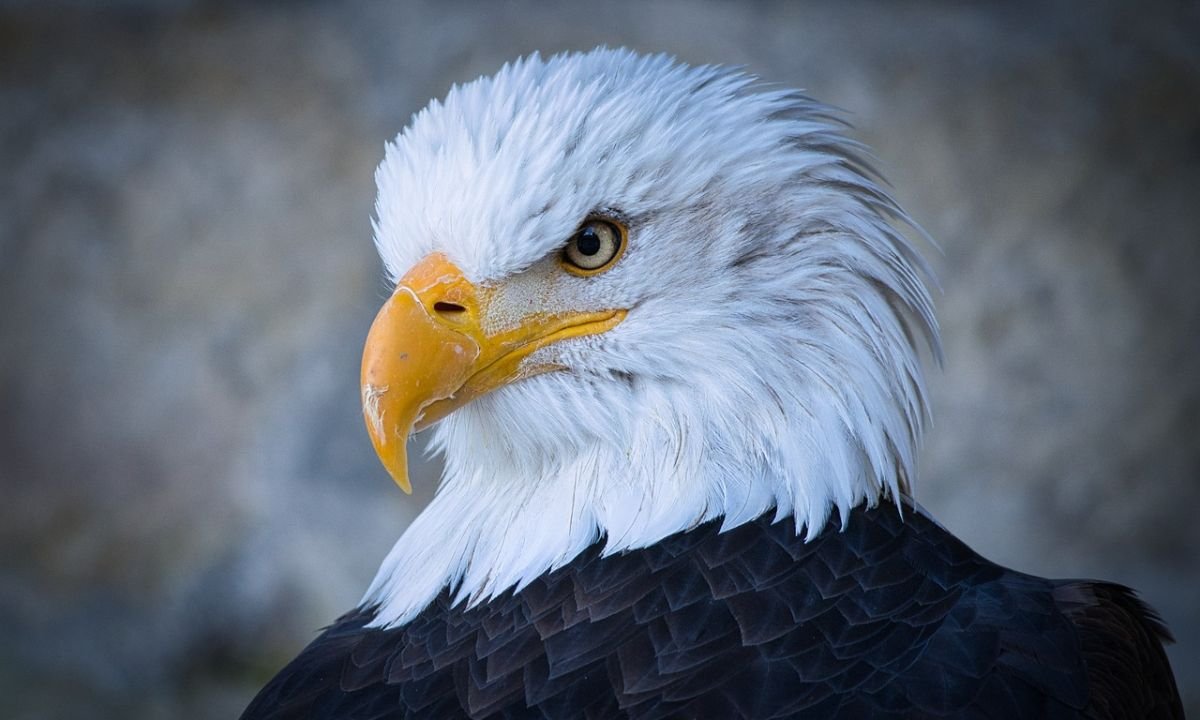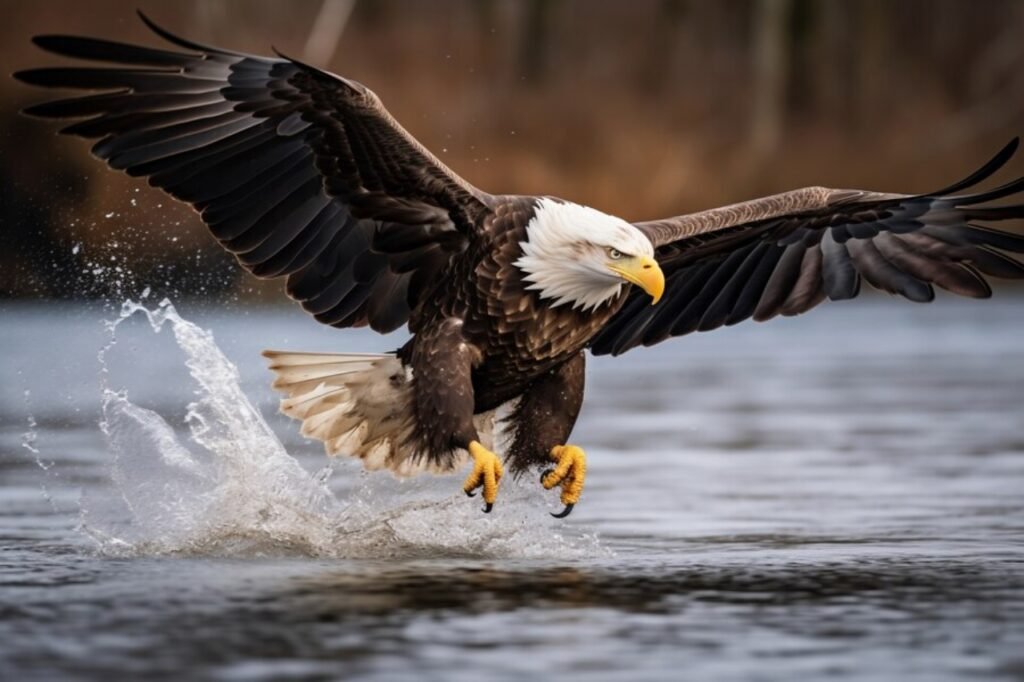
Introduction to the Hancock Bird
The Hancock bird, known scientifically as *Pseudonycteris hancocki*, is an intriguing species within the realm of avian life. Classified under the family of unique birds, this species presents a captivating blend of distinctive features that set it apart from its avian counterparts. The Hancock bird is characterized by its medium size, typically measuring between 25 to 30 centimeters in length. Its plumage showcases a harmonious blend of earthy tones, with shades of brown, grey, and hints of vibrant colors that make it an attractive sight within its habitat.
In terms of habitat, the Hancock bird tends to thrive in diverse environments such as dense forests, woodlands, and sometimes even urban parks. This adaptability allows the Hancock bird to maintain a stable population across various geographical locations. The bird is primarily found in regions of North and South America, showcasing its ability to adjust to different climatic conditions. Its striking features, including a robust body and sharp beak, aid in foraging for food, primarily consisting of insects and fruits found within its surroundings.
The cultural significance of the Hancock bird cannot be overlooked. Many indigenous communities and local cultures have incorporated the Hancock bird into their folklore and artistic expressions. Symbolizing freedom and resilience, this avian species is often depicted in traditional art, reflecting its importance to the biodiversity of its ecosystem. Furthermore, its presence often indicates a healthy environment, making it a vital species for ecological studies and conservation efforts. The Hancock bird not only fascinates bird watchers and ornithologists but also holds a special place in the hearts of those who admire the beauty and complexity of nature.
Habitat and Behavior
The Hancock bird, an intriguing avian species, occupies a diverse range of habitats that play an essential role in its survival and reproduction. Typically found in dense forests, wetlands, and even urban areas, these birds demonstrate an impressive adaptability to various environmental conditions. The wilder regions, such as tropical rainforests, offer ample food resources and nesting sites, while urban settings provide unique feeding opportunities and safety from predators.
Nesting habits of the Hancock bird are particularly noteworthy. These birds often prefer to build their nests high in the trees, where they can find safety from terrestrial threats. The nesting material varies but generally includes twigs, leaves, and other natural debris, which the Hancock bird skillfully weaves together to create a secure environment for its eggs. These nests are crucial for the species’ breeding success, ensuring that the chicks are well-protected during their early development stages.
In terms of their migratory patterns, many Hancock birds are known to undertake seasonal migrations in search of more favorable climates and food sources. This behavior is typically influenced by temperature, food availability, and breeding cycles. During migration, these birds often display remarkable social behavior, flying in flocks, which not only increases their safety from predators but also helps them conserve energy during long flights.

Feeding habits of the Hancock bird also reflect its adaptability and resourcefulness. This avian species primarily forages for insects, seeds, and fruits, often utilizing its keen eyesight to detect food from great distances. Interactions with other bird species highlight the Hancock bird’s dynamic role within its ecosystem – it frequently shares feeding sites with other avian species, promoting mutualistic relationships that enhance food availability in the habitats they occupy. Through their varied behavioral patterns, including nesting, feeding, and social interactions, the Hancock bird exemplifies the delicate balance of nature in its natural habitat.
Conservation Status and Efforts
The Hancock bird, a unique avian species, is currently facing several threats that jeopardize its survival in the wild. One of the primary challenges encountered by this bird is habitat destruction, which occurs as a result of urbanization, agriculture, and deforestation. As natural habitats become fragmented or entirely destroyed, the Hancock bird struggles to find suitable nesting and feeding grounds, leading to a decline in population numbers. Additionally, climate change poses a significant risk, as shifts in weather patterns and temperatures can alter the ecosystems in which the bird thrives. This avian species often finds itself exposed to extreme weather conditions that further threaten its survival prospects.
Human encroachment is another pressing concern affecting the bird’s conservation status. Increased human activity in previously undisturbed areas not only disrupts the bird’s natural habitat but also leads to increased competition for resources. The combination of these threats has put significant pressure on the established populations of the Hancock bird, causing many conservationists to sound the alarm about their future.
In response to these challenges, a variety of conservation efforts are currently underway. Habitat restoration projects aim to recover and rehabilitate areas that have been damaged, restoring native flora and ensuring that the Hancock bird can once again thrive. Furthermore, breeding programs have been initiated to bolster the population numbers of this species. These initiatives are particularly vital for regions where the Hancock bird faces critical endangerment. Legal protections have also been put in place, safeguarding these birds from hunting and harassment.
Local and international organizations are playing a pivotal role in raising awareness regarding the plight of the Hancock bird. These groups not only advocate for policy changes that protect the species but also educate the public on the importance of preserving its habitat. Through collaborative efforts, there is hope for ensuring that the Hancock bird continues to grace our ecosystems for generations to come.
Interesting Facts and Cultural Impact
The Hancock bird is an avian species that captivates enthusiasts and casual observers alike with its unique behaviors and characteristics. Its striking plumage, often showcasing vibrant colors, sets it apart from many other birds in its habitat. One of the most distinctive features of the bird is its melodic song, which varies between individuals, reflecting their unique regional dialects. These vocalizations are not only crucial for communication within species but also serve as an expression of territory and mating calls.
Beyond its ecological characteristics, the Hancock bird has carved a niche in various cultures across the globe. In art and literature, this bird often symbolizes freedom and diversity; its presence in folklore is prominent. Many cultures have woven narratives around the Hancock bird, attributing wisdom and spirituality to its flight and behavior. Various authors and poets have been inspired by its grace and resilience, depicting it as a muse in their works. In some communities, it is celebrated during festivals, symbolizing good fortune and prosperity.
The significance of the Hancock bird transcends mere representations in art. It plays a vital role in promoting biodiversity awareness, particularly in regions where it is a native species. Educational programs often utilize the Hancock bird as a focal point to teach about environmental conservation, urging communities to preserve their natural habitats. By highlighting the importance of this species, these initiatives foster a collective effort to protect local ecosystems, instilling a sense of responsibility towards wildlife conservation among residents.
Through its fascinating characteristics and cultural impact, the Hancock bird continues to intrigue and inspire people worldwide, bridging the gap between nature and society, while underscoring the need for ecological stewardship.







